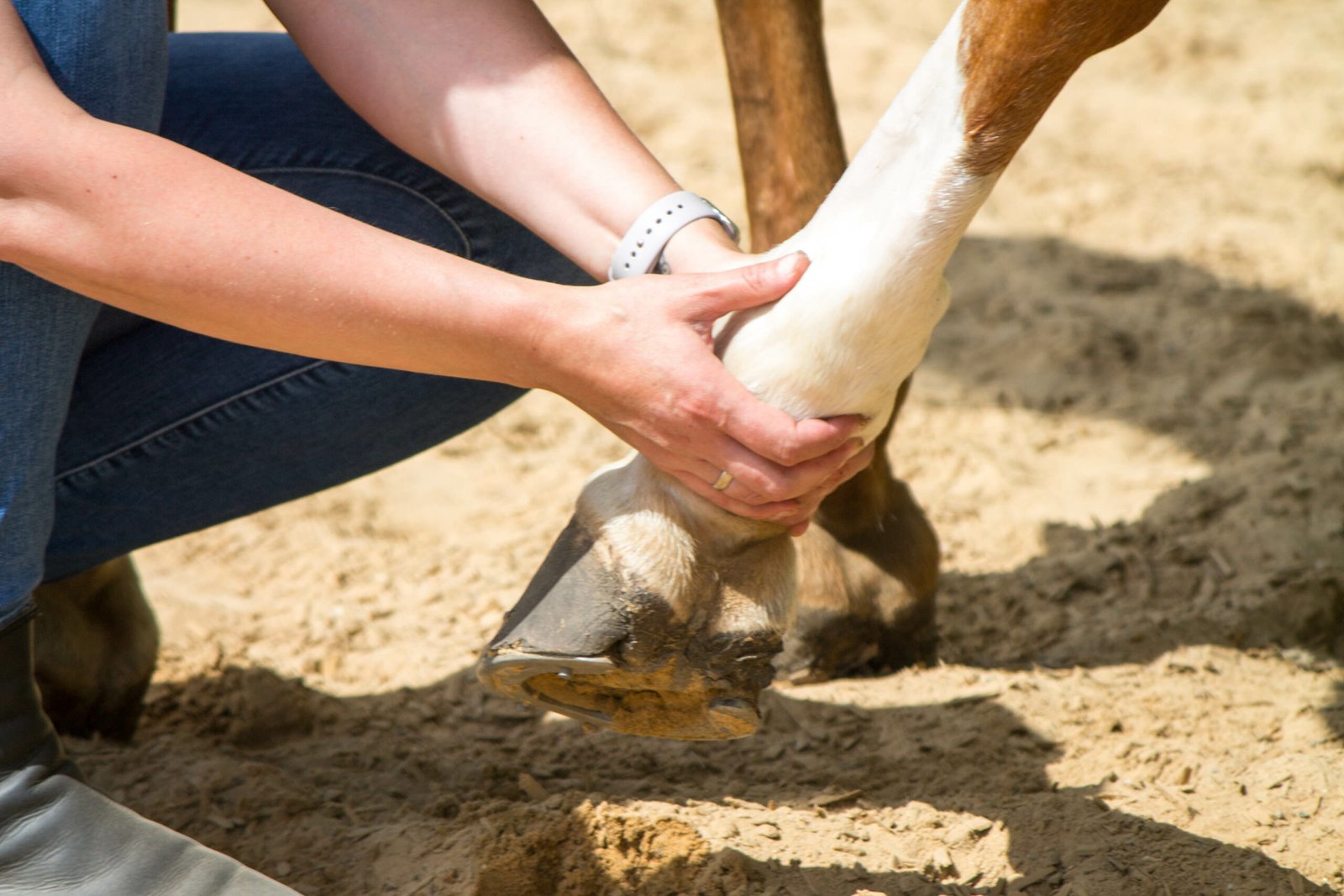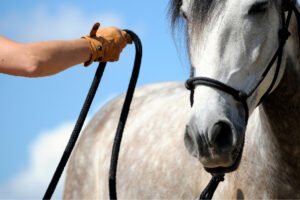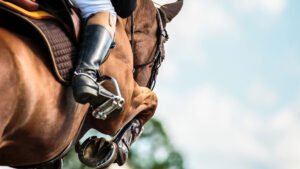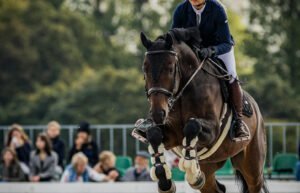Introduction to Equine Physiotherapy: Enhancing Horses’ Performance and Well-being.
What is Equine Physiotherapy?
Equine physiotherapy is a specialised practice that focuses on the prevention, assessment, and treatment of musculoskeletal and neurological conditions in horses (Denoix, 2021). Utilising a combination of manual therapies, electrotherapies, and tailored exercise programs, physiotherapy plays a crucial role in maintaining optimal equine health, preventing injuries, and enhancing performance across disciplines (Reis et al., 2024; Atalaia et al., 2021).
The Role of Physiotherapy in Equine Health
Horses, whether competitive athletes or leisure companions, experience physical stress that can lead to tension, asymmetry, and compensatory movement patterns (King and Davidson, 2016). Physiotherapy interventions help to:
- Improve mobility and flexibility
- Reduce pain and inflammation
- Enhance muscle function and coordination
- Support post-injury and post-surgical rehabilitation
- Optimize performance by promoting balanced movement
(Atalaia et al., 2021; Tabor and Williams, 2018; Kaneps, 2016; Haussler, 2009)
Scientific Foundations of Equine Physiotherapy
Equine physiotherapy is grounded in evidence-based practices, integrating knowledge from veterinary medicine, biomechanics, and rehabilitation sciences. Research supports the effectiveness of techniques such as:
- Manual therapies: Techniques like massage and myofascial release have been shown to relieve muscle tension and improve circulation (Haussler et al., 2021; ). Studies indicate that myofascial release therapy can significantly increase the active range of motion in horses (Haussler, 2018).
- Electrotherapies: Modalities such as therapeutic ultrasound and laser therapy are effective in promoting tissue healing and reducing inflammation (Pluim et al., 2020; Zielińska et al., 2020). High-power laser therapy, for instance, has demonstrated positive effects on tendon healing in horses (ibid).
- Dynamic exercises: Incorporating exercises that enhance proprioception, core stability, and strength contributes to long-term soundness (Clayton, 2016). Core stabilization training programs have been shown to improve dynamic balance and back-extensor endurance in horses (ibid).
Who Can Benefit from Equine Physiotherapy?
Physiotherapy is beneficial for horses in various contexts, including:
- Performance horses needing injury prevention and movement optimization.
- Horses in rehabilitation from injuries or surgeries, with the Veterinary Surgeon’s consent.
- Ageing horses requiring support for mobility and comfort.
- Leisure horses experiencing stiffness or asymmetries.
- Horses suffering from chronic pathologies that have been cleared for physiotherapy and massage by their Veterinarian.
(Reis et al., 2024; Haussler et al., 2021; Castejon-Riber et al., 2017)
Equine physiotherapy is an essential component of modern horse care, bridging science and practice to enhance well-being and performance. At Eqwos ept, we integrate expertise and evidence-based techniques to support your horse’s long-term health and success.
__________________________________________________________________________________________________________
REFERENCES
Atalaia, T., Prazeres, J., Abrantes, J. and Clayton, H.M. (2021). Equine Rehabilitation: A Scoping Review of the Literature. Animals, 11(6), p.1508.
Castejon-Riber, C., Riber, C., Rubio, M.D., Agüera, E. and Muñoz, A. (2017). Objectives, Principles, and Methods of Strength Training for Horses. Journal of Equine Veterinary Science, 56(S30), pp.93–103.
Clayton, H.M. (2016). Core Training and Rehabilitation in Horses. Veterinary Clinics of North America: Equine Practice, 32(1), pp.49–71.
Haussler, K.K. (2009). Review of Manual Therapy Techniques in Equine Practice. Journal of Equine Veterinary Science, [online] 29(12), pp.849–869
Haussler, K.K. (2018). Equine Manual Therapies in Sport Horse Practice. Veterinary Clinics of North America: Equine Practice, 34(2), pp.375–389.
Haussler, K.K., Hesbach, A.L., Romano, L., Goff, L. and Bergh, A. (2021). A Systematic Review of Musculoskeletal Mobilization and Manipulation Techniques Used in Veterinary Medicine. Animals, 11(10), p.2787.
Jean-Marie Denoix (2021). Physical Therapy and Massage for the Horse. Boca Raton, Florida: CRC Press.
Kaneps, A.J. (2016). Practical Rehabilitation and Physical Therapy for the General Equine Practitioner. Veterinary Clinics of North America: Equine Practice, 32(1), pp.167–180.
King, M.R. and Davidson, E.J. (2016). Rehabilitation of the equine athlete. Amsterdam: Elsevier.
Pluim, M., Martens, A., Vanderperren, K., van Weeren, R., Oosterlinck, M., Dewulf, J., Kichouh, M., Van Thielen, B., Koene, M.H.W., Luciani, A., Plancke, L. and Delesalle, C. (2020). High-Power Laser Therapy Improves Healing of the Equine Suspensory Branch in a Standardized Lesion Model. Frontiers in Veterinary Science, 7(600).
Reis, I.L., Lopes, B., Sousa, P., Sousa, A.C., Caseiro, A.R., Mendonça, C.M., Santos, J.M., Atayde, L.M., Alvites, R.D. and Maurício, A.C. (2024). Equine Musculoskeletal Pathologies: Clinical Approaches and Therapeutical Perspectives—A Review. Veterinary Sciences, 11(5), p.190.
Shakeshaft, A., & Tabor, G. (2020). The Effect of a Physiotherapy Intervention on Thoracolumbar Posture in Horses. Animals, 10(11), 1977.
Tabor, G. and Williams, J. (2018). Equine Rehabilitation: A Review of Trunk and Hind Limb Muscle Activity and Exercise Selection. Journal of Equine Veterinary Science, 60(2018), pp.97-103.e3.
Zielińska, P., Nicpoń, J., Kiełbowicz, Z., Soroko, M., Dudek, K. and Zaborski, D. (2020). Effects of High-Intensity Laser Therapy in the Treatment of Tendon and Ligament Injuries in Performance Horses. Animals, 10(8), p.1327.

